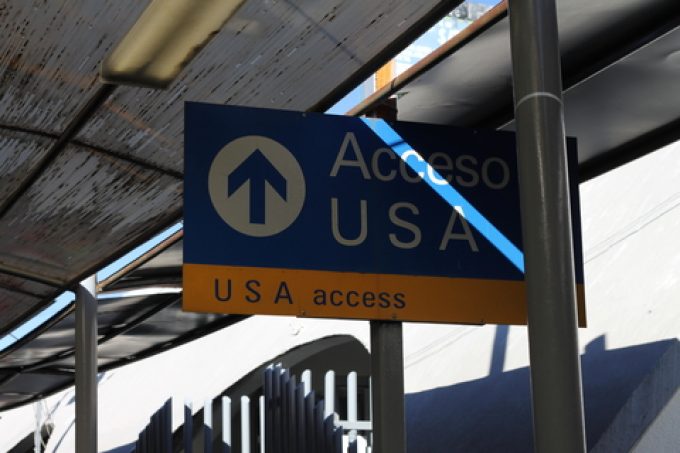Rising costs and lack of drivers means it's still a bumpy road for hauliers
The road haulage sector is still facing rising operational costs, and transport companies have “little choice” ...

Congestion at North American ports and rail terminals may have stopped giving cargo owners and logistics providers sleepless nights, but another source of supply chain strain is mounting –the rising tide of nearshoring is beginning to tax capacity and infrastructure.
A casual glance at cargo flows between Mexico and the US reveals the strong pull of nearshoring. In the first quarter Mexico surpassed China as the top source of US imports. Whereas imports from Asia slumped in the period, a tidal wave of Mexico-US traffic let Mexico leapfrog China by 15% to claim the top spot.
According to the US Census Bureau, July was the seventh out of eight months when Mexico ranked top in monthly international commerce with its northern neighbour. Much of this was driven by foreign investment – in the first half of 2023, direct foreign investment in Mexico was up 41%, according to authorities in Mexico City, with 43% of the inflow originating in the US. Mexico’s manufacturing sector garnered almost $10bn in foreign direct investment in the first eight months of the year.
Uber Freight estimates that since 2022, 453 companies have begun the process of relocating to Mexico, and further investment is coming from firms that already have a presence in the country. This massive inflow could result in Mexican exports to the US rising by 30%-40% over the next five years, its analysts reckon.
There will be more migration, predicts Bob Imbriani, SVP international of forwarder Team Worldwide. Many companies are looking to reduce their sourcing reliance on China but are unready to move because their supply networks remain rooted there, he said.
Chinese companies themselves are also looking to Mexico for their future North American business. According to the latest Reshoring Index published by AT Kearney, a significant number of Chinese firms have begun to establish footholds in Mexico.
The increase in Mexico-US flows is changing import flow patterns. With $26.4bn in two-way trade in July, Laredo was the largest US import gateway that month, ahead of the port of Los Angeles ($24.3bn) and Chicago-O’Hare airport ($24.2bn).
As more traffic enters the US by land, capabilities have to be adjusted in line with changing flow patterns, the Association for Supply Chain Management (ASCM) has warned. Going forward, this would mean less need for investment at US west coast ports but more development in terms of border clearing capabilities, services and infrastructure on the Mexican border, its analysts pointed out.
When it presented its quarterly Supply Chain Stability Index in July, ASCM warned that shifts in sourcing bring pressures to areas that have not been equipped to cope with substantial cargo flows, with potential repercussions on a broader scale beyond the immediate impact.
Douglas Kent, EVP of strategy and alliances, pointed out that nearshoring will put additional pressure on already strained resources, both in terms of infrastructure and labour. With more traffic moving across the US-Mexico border, more trucks, clearance capabilities and personnel are going to be needed at these points, he said, adding that the need for more truckers will exacerbate the existing shortage of truck drivers.
Return logistics arrangements and infrastructure also have to be adjusted, he noted.
Already US border crossing points with Mexico have been struggling with elevated traffic volumes. Trucking capacity has been under pressure, especially south of the border, ASCM noted. As more truckers retire, the problem is going to get worse, various observers have warned.
Mexican trucking capacity is not expected to show much growth in the near future. For one thing, interest rates are significantly higher than in the US, which is discouraging trucking firms from investing in fleet expansion, indicating even tighter future capacity.
Cargo owners need to broaden their repertoire of import solutions, ASCM stressed. US logistics provider Averitt Express has been leveraging less-than-truckload services for US distribution once imports from Mexico have crossed the border.
Some players are looking to intermodal solutions. North American Class I railways have beefed up their intermodal services to and from Mexico, where they see an opportunity to return this ailing sector back to growth. However, rail carriers have come under heavy criticism over the past two years for poor service levels and it is likely to take some persuasion to get cargo owners to shift away from trucking solutions.
Comment on this article